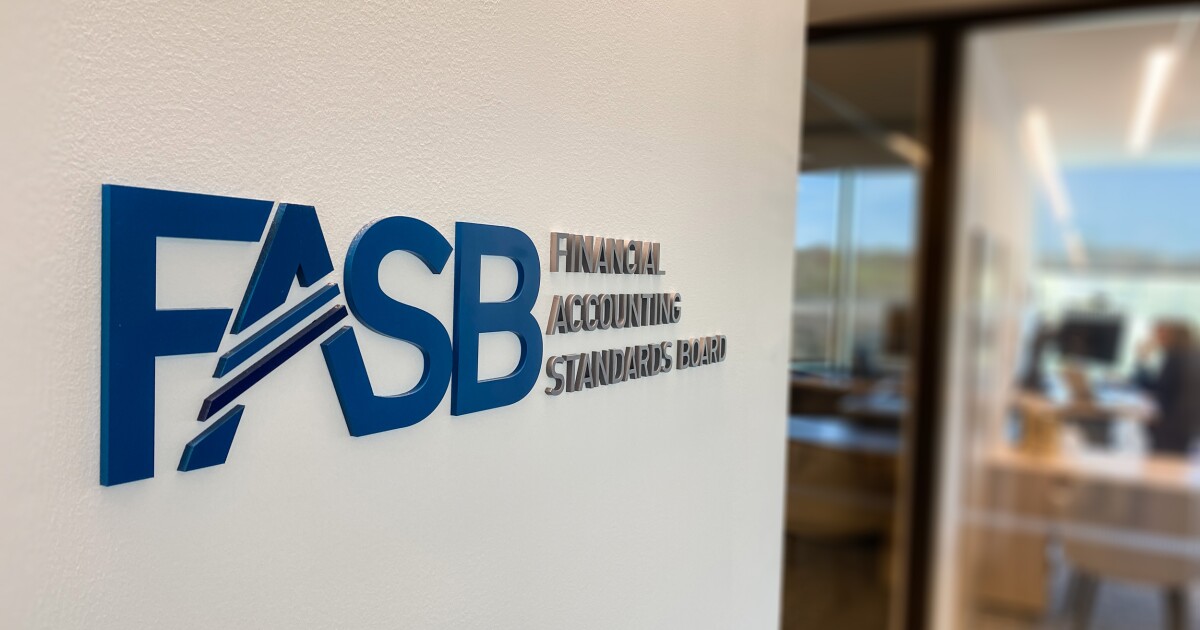Many small and midsize firms are seeking a sounding board for the myriad calls they are getting from private equity firms and others seeking to acquire accounting practices. They’re exhausted. And the ongoing barrage continues to add pressure for firms to make a call on whether or not they should “go PE.”
There are benefits to upgrading aspects of public accounting with an infusion of profit-oriented owners instituting goals, accountability and growth drivers. However, each firm would do itself, and the profession, the best service by reflecting thoughtfully about the options at hand.
Before seeing “Should we go with private equity?” as the question, firms should step back and review their specific strategy and position. Maybe whether to go PE is still a possibility, but only after they’ve answered preliminary questions that would drive them to consider private equity.
What does a firm need to know to determine its interest, or not, in PE (or another external capital partner)?
10 critical questions for CPAs
- How do you measure success (profitability/financial reward, client service, internal culture, lifestyle, professional contributions, community contributions, among others)? It’s OK to measure success differently than your peers or industry benchmarks.
- How satisfied are you with your firm’s success? Rate each success area you identified above.
- How confident do you feel in your ability to continue your success (1) during your career, and (2) for the ongoing legacy of your firm (after you’ve retired and been paid out)? Note: Many firms feel confident enough in continuing at a rate that meets their needs, whether they are above or below traditional or industry benchmark measures of success. This is a fine place to be, and “not to PE.”
- How much preference do you have for autonomy in strategy and decision making versus having additional leadership and influences in these areas?
- How much preference do you have for continuing to champion industry trends and challenges, such as recruiting and technology/AI, with your current or projected internal resources?
- How much preference do you have for continuing to do the ongoing work related to back-office operations like billing, collections and firm administration?
- Do you have the internal leadership talent and culture of accountability to reach your goals?
- If you could have more profitability and resources along with the involvement of outside capital and influence, would you want that arrangement?
- If outside capital and influence are of interest to your firm, should you look at the pros and cons of mergers (equal or up), ESOPs, family office capital or others in addition to PE?
- What are the pros and cons of each option as it relates to the impact on your success measures identified above?
Much like a choose-your-own-adventure story, the answer to each of the 10 questions above doesn’t always lead where you might expect. You may find that PE is clearly the best choice for your firm. You may find that an ESOP is very attractive, or that selling to a larger CPA firm would be the best fit for your team and clients. You may feel more confused than ever. You may find that you remain content with your partnership-model firm, just as you were before.
Here are a few vignettes from firms I’ve talked with recently, and which options they are considering:
In one case, a $5 million firm wants to take a new step forward, something other than “what we’ve done” to propel it to future success. The partners want to continue to develop their next generation, allow current (not-quite-retirement-age) partners more opportunities, either via ongoing client service and less admin, or by moving from a client service role to an M&A role seeking out acquisitions for growth.
It’s likely this firm’s leaders would feel satisfied with their success but have some concern about their ability to continue it, especially in the realm of recruiting and the administrative work required to operate a CPA firm. They are interested in pursuing PE to expand their options and seek a secure future for retirees, partners, staff and clients.
In another case, an $8 million firm is content with its $600,000 average income per partner, and sufficient talent pipeline, including newer partners to replace upcoming retirements. The partners share a desire to keep buyouts at a reasonable price to allow newer partners similar current income success as earlier partners. They feel confident their in-house decision-making and governance will perpetuate the investments, profits, culture and client service they have enjoyed to date.
It’s likely this firm’s partners would feel satisfied with their success and are content with their leadership group’s abilities and capacity to continue it. They are interested in staying independent to continue the legacy, including autonomous decision-making and profits that they’ve built to date.
Making a decision
Along with those firms that know which option they would choose, many are in the land of uncertainty. For this I recommend continuing your quest to learn more about various options, engaging in a deeper strategic planning process and ultimately making a call, even if it’s for a limited timeframe, like six months, at which point you can revisit.
Decision-making will allow you to move on with your goals and objectives and know clearly whether you should pick up that next inbound call offering the riches of capital or continue to champion the business you’ve already built.


 Economics1 week ago
Economics1 week ago
 Personal Finance1 week ago
Personal Finance1 week ago
 Economics7 days ago
Economics7 days ago
 Economics5 days ago
Economics5 days ago
 Accounting5 days ago
Accounting5 days ago
 Economics4 days ago
Economics4 days ago
 Economics5 days ago
Economics5 days ago
 Economics6 days ago
Economics6 days ago












